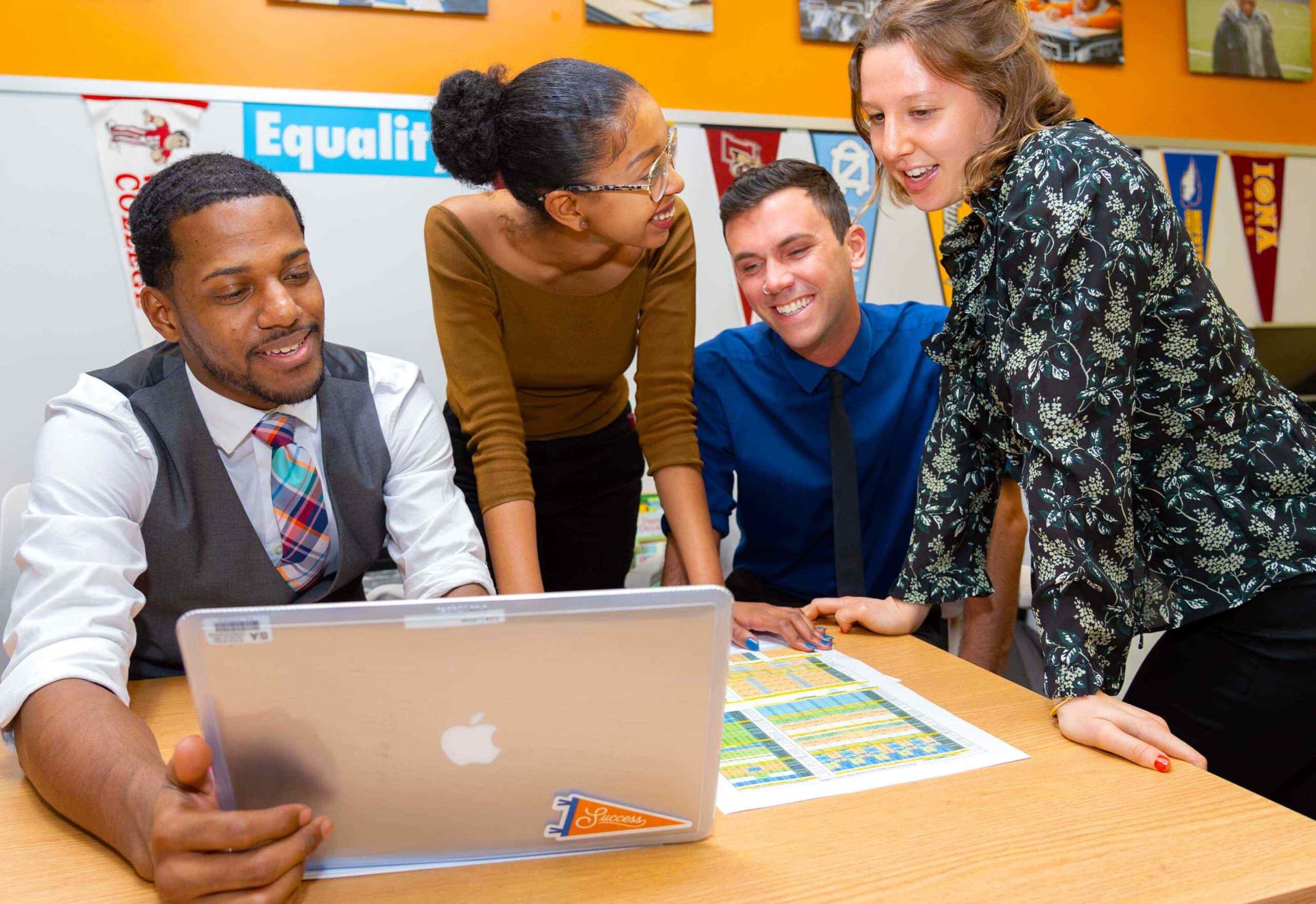Essential Question: How can we make ice cream without putting the ingredients into the freezer?
Unit Storyline Synopsis: Why does a candy bar look solid but melt in your hands? Why doesn’t the ocean freeze in the winter? In this unit, scholars will study the chemistry of phase changes as they grapple with a tricky task: making ice cream!
Why This Unit? Although scholars may recall studying a similar topic in elementary school, this unit will ask them to explore melting, boiling, and other phase changes in greater depth. This understanding of phase changes will provide scholars with the language to accurately describe and predict phenomena they encounter in daily life. In addition, this unit builds scholars’ modeling skills through opportunities to represent experimental data graphically.
In the second half of seventh grade, expectations for scholar work increase. The content in this unit is, as such, more challenging than the material in previous units. This “step up” in rigor is intentional and designed to prepare scholars for Grade 8 science.
